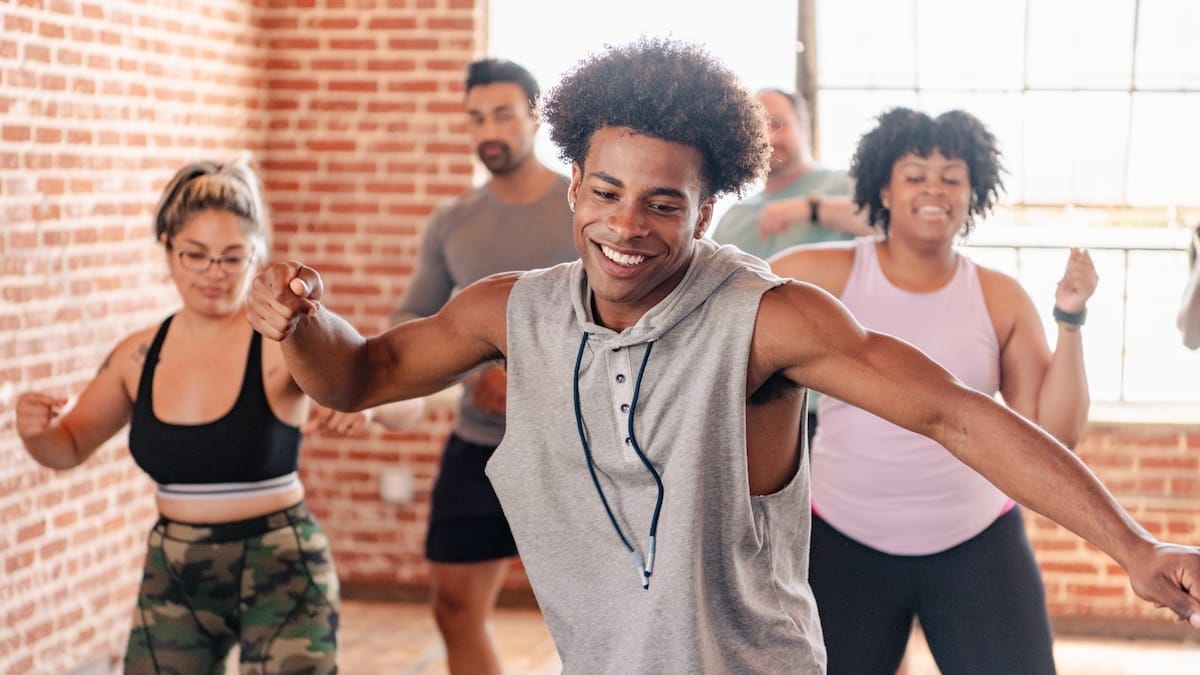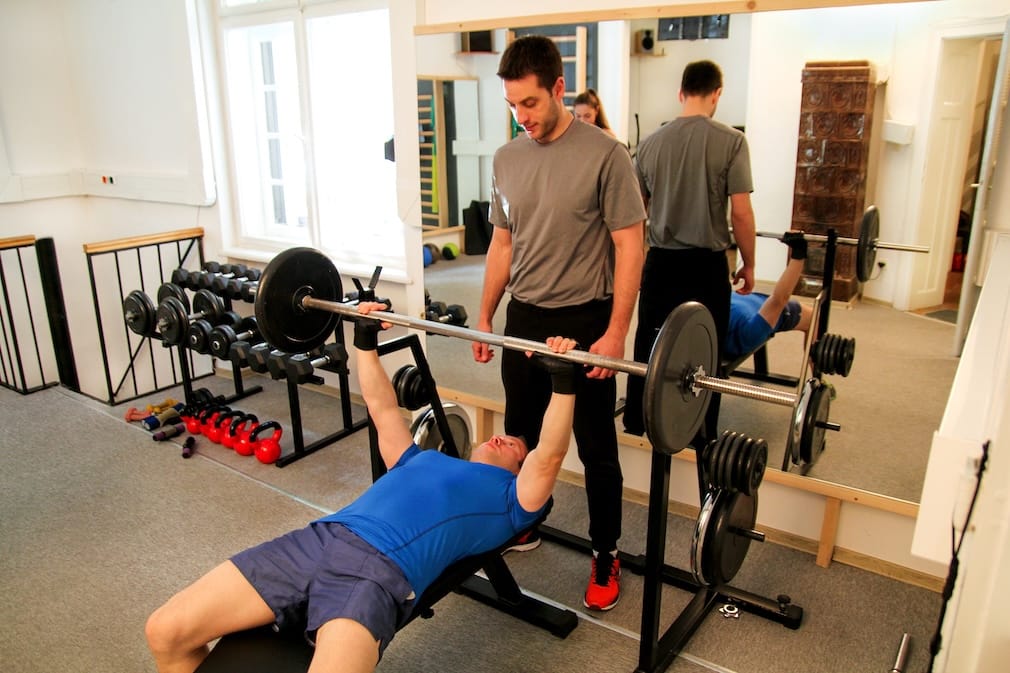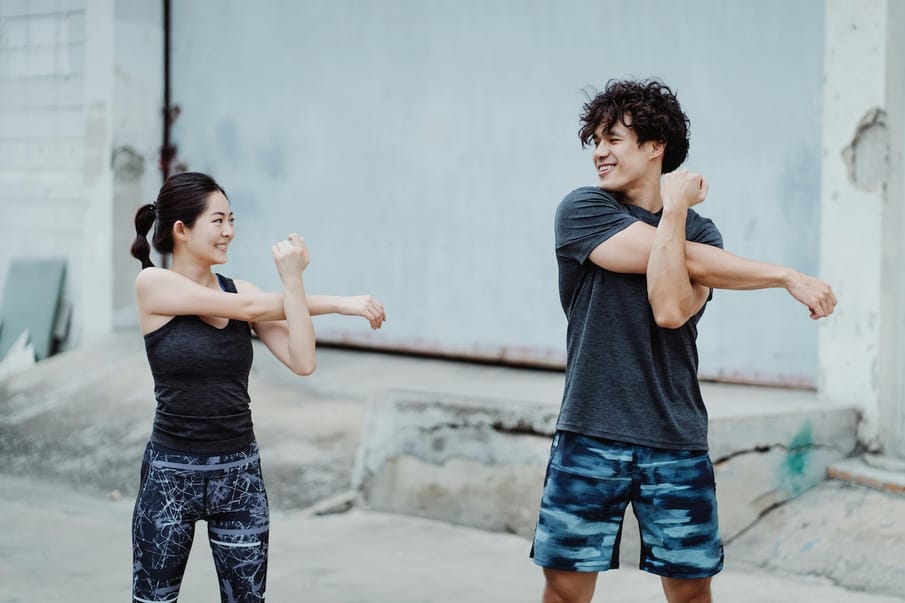Can your BFF help you get a new PB? How working out with a friend brings a host of health and wellbeing rewards
If you’re keeping up a fitness routine beyond January’s wellness hype, well done! Yet, even if you enjoy your regular gym sessions, yoga classes, or daily runs, it can be hard to stay committed when you’re going solo. So, have you ever considered pairing up with a fitness pal? It could improve not just your health, but your stats too.
“Exercising with friends helps us achieve our goals, as they can provide the support and motivation we need to continue our fitness journey,” explains Sam Quinn, personal training lead at Nuffield Health. “It’s great for improving mental health through positive social interactions, and it can add a competitive edge to training, which can boost performance.”
But this partnership will only work if you’re on the same page. “It’s crucial to find a type of exercise you and your friends enjoy together. Enjoyment is key to building consistency,” says Sam. “If weights or Hyrox (an indoor fitness competition) aren’t your thing, try running clubs, relay events, team or racquet sports, even paddleboarding or dancing.”

From helping us go further and faster to strengthening bonds, here are the, sometimes surprising, health-boosting effects of exercising with friends.
It enhances emotional ties
A study by the University of Oxford discovered that ‘social motion’ – that’s synchronised movement performed alongside other people – promotes social bonding and prosocial behaviour, which increases perceptions of togetherness and cohesion.
The study observed people rowing alongside each other, and rugby teammates performing a synchronised warm-up routine. In both cases they concluded that coordinated movement leads to social bonding, and that, in turn, social bonding leads to better overall results.
Performance improves
The idea of exercising alongside someone else might feel intimidating for some, but there’s no need to feel disheartened or inadequate if your workout buddy is fitter than you – science suggests this could even help you improve! Researchers at Kansas State University conducted a study where women exercised on a stationary bike on their own, and then with a virtual partner who they were told was riding approximately 40% further than them. Riding with the virtual partner led participants to record distances up to 200% further than their solo rides.
The study concluded that an exercise partner who is 40% better than you was optimal. If a friend is on your level or a whole lot fitter, the motivation to perform better disappears.
Exercise is contagious
It’s no surprise to read that motivation is a benefit of working out with friends, but do you know exactly why this is? Apparently you can ‘catch’ a desire to exercise from other people, according to a study published in the journal Nature Communications.
The global study of ‘exercise contagion’ among 1.1 million runners also discovered that who you choose to work out with influences how motivated you are. Researchers found that contagiousness varies between friends, with less active runners influencing more active runners, but not the reverse. Men are influenced by both men and women, while women are only influenced by other women.

It boosts your workout frequency
We all need cheerleaders on our fitness journey. Researchers at the University of Aberdeen investigated the influence of exercise companions, and divided gym buddies into two types: emotional and instrumental.
They found that people exercised more often when their fitness friend offered emotional support and encouragement, over those offering just practical support, such as giving them a lift to the gym. So, thank your workout buddy whenever they praise your effort, and do the same in return.
You feel less pain and stay safe
Endorphins, the body’s natural painkiller, flood our system when we exercise, and this increases our tolerance to pain. According to a recent study published in PLoS One, people who exercise regularly can withstand physical distress for twice as long as those who don’t – with the study in question measuring how long participants could hold their hand in freezing cold water. Combine this with spending time with friends – another endorphin-booster – and you have a pain-numbing double-whammy that could be why the aforementioned Oxford University study concluded that ‘social motion’ also contributes to a higher pain threshold.
Having someone with you while you workout can also keep you safe. Sam suggests that when strength training in the gym, having a trusted ‘spotter’ to guide and assist you not only encourages you to push yourself, but can ensure you lift safely and step in if anything goes awry. It’s also handy when out running, particularly if it’s dark during winter months, to ensure you have each other’s backs, and safety, in mind on the streets.

All in all, there are numerous reasons for you and your friend to go the extra mile (or lift the extra weight or swim the extra lap) for one another.


Comments